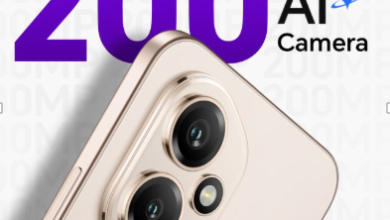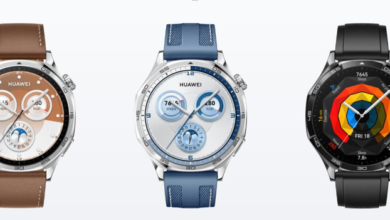Exhibition Booth Design

Importance of a Well-Designed Booth
Exhibition booth design plays a crucial role in attracting visitors and promoting a brand effectively at trade shows. A well-designed booth communicates professionalism, draws attention, and provides a platform for showcasing products and services. For event organisers, understanding the balance between creativity and functionality is essential to make the booth stand out in a crowded exhibition hall.
Planning the Booth Layout
The layout of a booth determines how visitors interact with the space. Organisers should design clear pathways, interactive zones, and dedicated areas for meetings or demonstrations. Proper planning ensures smooth visitor flow, allowing attendees to explore products without feeling crowded. A functional layout enhances engagement and encourages meaningful interactions with the brand.
Branding and Visual Consistency
Strong visual branding is essential for an effective exhibition booth design. Using consistent colors, logos, and graphics reinforces the brand’s identity. Signage should clearly communicate key messages and offer a cohesive look that aligns with marketing materials. Visual consistency helps visitors immediately recognize and remember the brand, increasing the booth’s overall impact.
Utilizing Technology and Interactivity
Interactive features elevate the visitor experience. Incorporating digital displays, touchscreens, or augmented reality elements allows attendees to engage with the products or services in an immersive way. Live demonstrations and interactive sessions can create memorable experiences, fostering stronger connections with potential clients and partners.
See also: Agri Drones: Revolutionizing Crop Spraying with Precision Technology
Lighting and Ambience
Lighting is a powerful tool in exhibition booth design. Proper lighting highlights key areas, draws attention to product displays, and creates an inviting environment. Combining ambient and focused lighting enhances the visual appeal while guiding visitors through the booth. A strategically illuminated booth captures interest and keeps attendees engaged longer.
Material Selection and Durability
Choosing the right materials ensures that the booth is both visually appealing and durable. Lightweight and modular materials simplify transportation and setup, while quality finishes convey professionalism. Sustainable materials are becoming increasingly popular, reflecting the company’s commitment to environmental Exhibition Booth Design responsibility. Durable construction ensures that the booth remains functional and attractive across multiple events.
Visitor Comfort and Engagement
A successful exhibition booth design prioritizes visitor comfort. Comfortable seating areas, interactive stations, and clear signage create a welcoming environment. Providing easy access to information and demonstrations encourages attendees to spend more time exploring the booth, which can lead to higher engagement and stronger business relationships.
Staff Efficiency and Functionality
The booth should support staff in performing their tasks efficiently. Organisers need to allocate space for storage, product displays, and staff operations. Clear signage and organized layouts help staff guide visitors smoothly, answer questions effectively, and manage the booth without disruptions. Well-prepared staff combined with a functional booth layout maximizes visitor satisfaction.
Budget Management and Planning
Exhibition booth design requires careful budgeting and planning. Event organisers must balance creativity with cost efficiency to deliver a high-quality booth without overspending. Planning includes coordinating design, fabrication, transport, and setup, ensuring the booth meets deadlines and quality standards. Proper management avoids last-minute issues and guarantees a professional presentation.
Evaluating Booth Performance
Post-event evaluation is important to measure the success of the booth design. Metrics such as visitor traffic, engagement, and lead generation provide insights for improvement. Feedback from attendees and staff helps refine future booth designs, ensuring continuous enhancement of visitor experience and business outcomes.
Conclusion
Exhibition booth design is a combination of strategic planning, creativity, and functionality. An effective booth attracts visitors, promotes the brand clearly, and provides an engaging environment for interaction. From layout and branding to lighting, materials, and staff efficiency, every aspect contributes to creating a memorable experience. Investing in professional exhibition booth design helps companies stand out, increase engagement, and maximize returns at trade shows and events.




